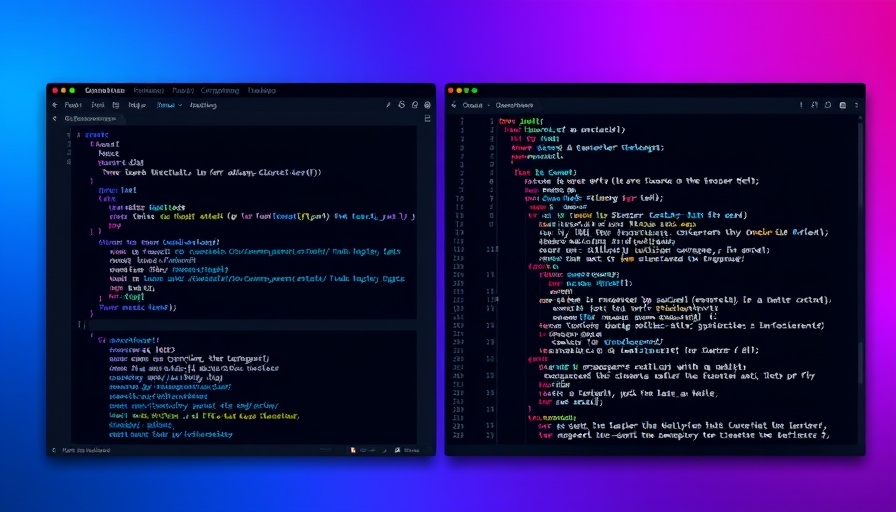
The Rise of Anthropic: A New Player in AI
In the rapidly evolving world of artificial intelligence, Anthropic is making headlines not just for its innovative AI safety models, but for its impressive employee retention. Recent research indicates that 80% of employees hired between 2021 and early 2023 are still with the company, outperforming industry giants like Google and Meta. This statistic challenges the prevailing narrative that only tech behemoths can cultivate a stable workforce, and illustrates Anthropic's growing appeal in the sector.
Retention Rates in the AI Industry: A Closer Look
The industry standards for employee retention among AI tech firms vary significantly. While Google DeepMind retains 78% of its team members and OpenAI maintains a rate of 67%, Anthropic leads the pack with its remarkable 80%. Engineers today are eight times more likely to leave OpenAI for Anthropic rather than the other way around, and 11 times more likely to move from Google DeepMind to Anthropic. This trend points to a shift in where talent is heading within the competitive AI landscape.
What Makes Anthropic Different?
One key aspect that distinguishes Anthropic is its approach to recruitment and compensation. CEO Dario Amodei emphasizes maintaining fairness in compensation practices. He has openly resisted the notion of inflating salaries to compete against giants like Meta and Microsoft. Instead, Anthropic focuses on fostering a mission-driven culture, suggesting that employees prioritize values and workplace environment over paychecks. Amodei stated, “If Mark Zuckerberg throws a dart at a dart board and hits your name, that doesn’t mean that you should be paid ten times more than the guy next to you who’s just as skilled.”
Changing Paradigms: Salary vs. Mission
The growing influence of company mission and values over financial incentives reflects a broader change in the workforce, particularly among younger professionals in the AI space. Many emerging AI researchers and engineers are prioritizing companies that create meaningful impact rather than simply chasing high salaries. This trend is corroborated by observations in the industry, where employees from Anthropic have reportedly turned down lucrative offers from Meta and other competitors in favor of remaining with the startup.
The AI Landscape: Competitive Recruitment Trends
Alongside Anthropic, major companies are also in the midst of talent wars, with Microsoft reportedly poaching dozens of engineers from Google DeepMind with salary packages exceeding $400,000. However, the AI talent pool is finite, forcing these companies to not only compete on compensation but gradually align themselves with values that resonate with tech professionals. As corporate missions evolve, decisions about where to work are becoming increasingly intertwined with personal convictions.
Future Insights: What’s Next for AI Companies?
As more professionals enter the AI field, the expectations of both employers and employees will continue to transform. Companies might need to rethink their strategies not only regarding compensation but also about workplace culture and value propositions to keep talent engaged. This potential shift could fuel more startups to adopt mission-driven narratives while balancing the pressures of competitive salaries.
Practical Tips for Entrepreneurs Embracing AI
For entrepreneurs looking to integrate AI into their operations, understanding these emerging trends in talent retention and recruitment can provide crucial insights. Consider the following:
- Focus on Culture: Create a workplace environment that aligns with your team’s values.
- Emphasize Optical Packages: Showcase your company mission alongside attractive compensation to draw in talent.
- Expect Competition: Recognize that as demand for AI expertise continues to rise, retaining talent will be a challenge.
The landscape of AI is constantly evolving, and staying informed on the latest AI news can help you make strategic decisions that benefit both your company and your team.
In a market where every bit of talent counts, understanding the nuances of employee preferences can be the key to building a successful company that doesn’t just survive the competition but thrives.
To learn more about the implications for your business and how to harness AI effectively, stay engaged with the latest updates in the sector.
 Add Row
Add Row  Add
Add 




Write A Comment